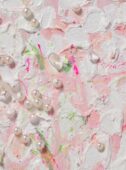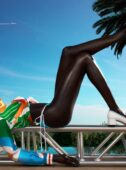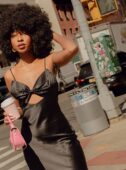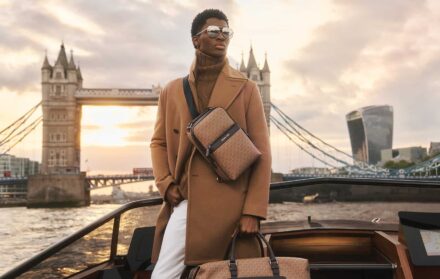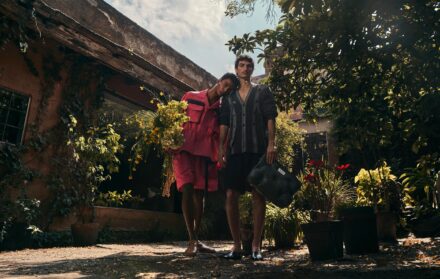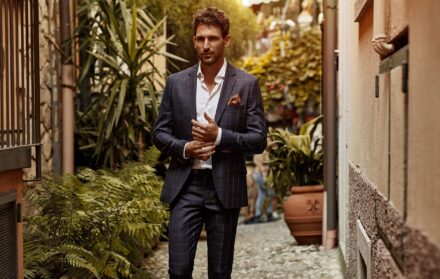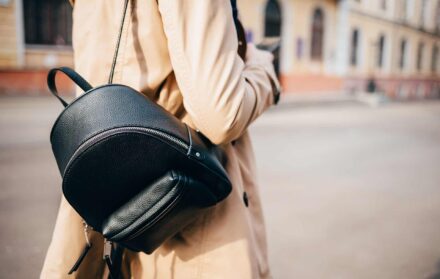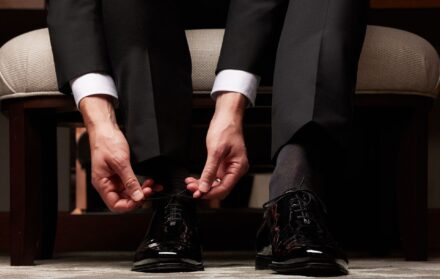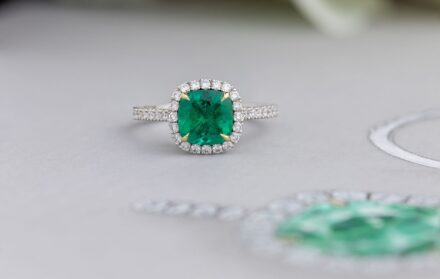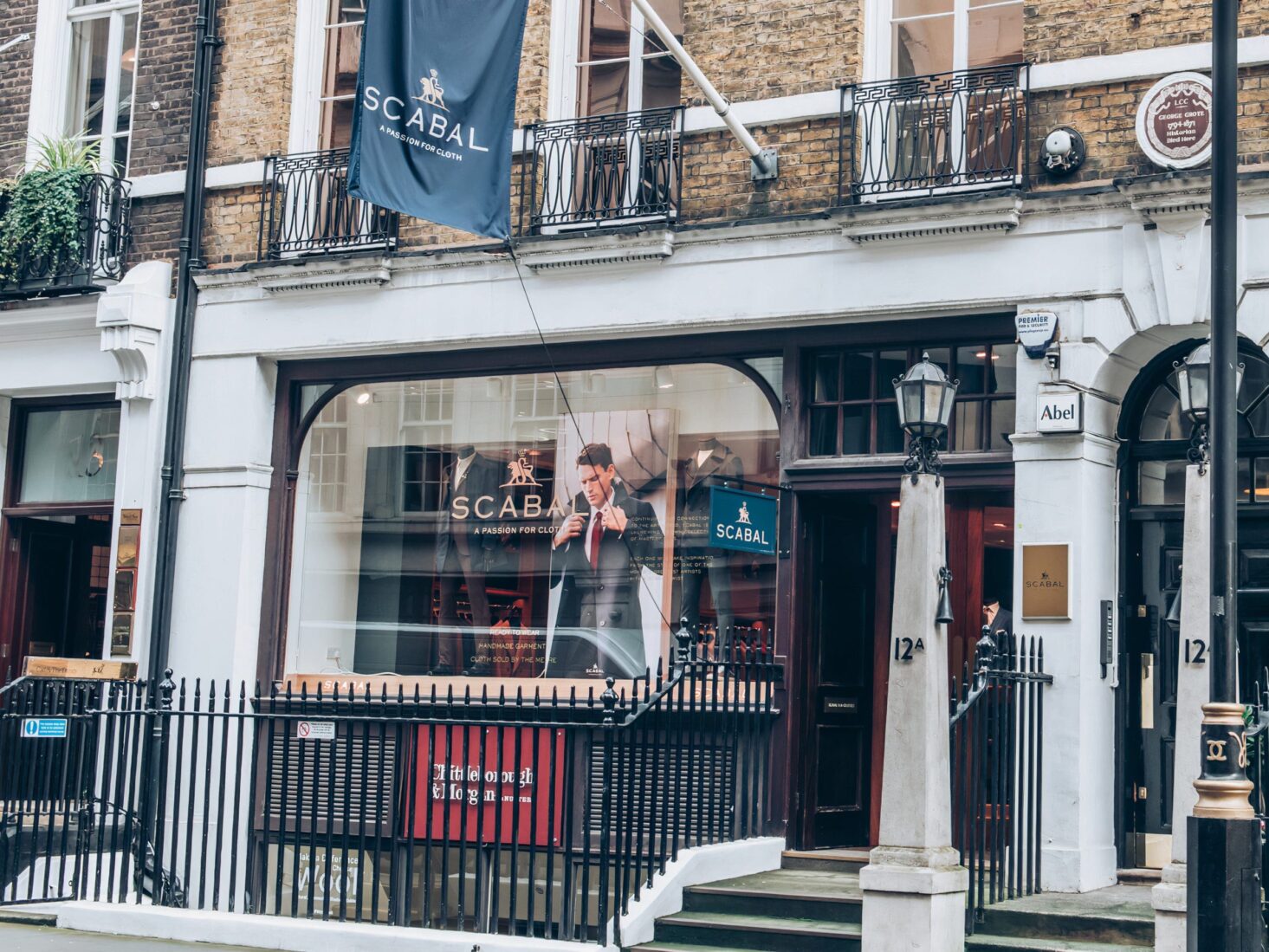
How Savile Row fabric specialist Scabal became the tailors’ tailor of choice
Scabal’s relationship with Martin Scorsese started with Casino (1995)... The company has since assisted the director with outfits for Leonardo DiCaprio in Titanic, The Aviator and The Wolf of Wall Street
Earlier this year, while the whole of Savile Row was effectively, if not actually, on furlough, Andrew P. Goldberg, national sales manager at Scabal, paid a visit to his friends at Anderson & Sheppard. The bespoke suitmaker, located on parallel Old Burlington Street, had just been visited by another of its regulars, Daniel Craig. The outgoing James Bond, Goldberg’s friends informed him, had been thumbing through a book of fabrics (they’re called bunches, those books of sample fabrics you flick through at a tailors and, good bit of tailoring trivia, were actually invented by Scabal in 1938) looking at cloths for a bespoke blazer to wear to the premiere of No Time to Die.
Goldberg is recounting the story several months later from the polished cutting table of Scabal’s own walnut-and-spotlight-heavy home on ‘the Row’. The 007 premiere has taken place two days earlier – a premiere, you’ll remember, that saw Craig rock the red carpet of the Royal Albert Hall in a fuchsia-pink double-breasted velvet dinner jacket. It was, to be absolutely clear, one of the most talked-about moments in men’s fashion since, well, ever. The jacket, some called it raspberry, others cerise – let’s call it pink – had been cut by Anderson & Sheppard. The fabric, a 15oz velvet-cotton blend, was woven by Scabal.
Two days on from Craig’s catwalk smash and there’s still a buzz about the Scabal showroom. The blazer continues to polarise social media (most people are for it) and generate comments from everyone from broadsheet style observers to former breakfast TV presenters. “You’re supposed to be a steely-eyed assassin with exemplary sartorial taste, Mr Craig…. not an Austin Powers tribute act,” quipped a predictably pugnacious Piers Morgan on Twitter. You can’t pay for that sort of PR. Well, you can. Omega did. But Scabal didn’t.
“We even got a mention in The Sunday Times,” says Goldberg. “That jacket has generated enquiries from across the world.”
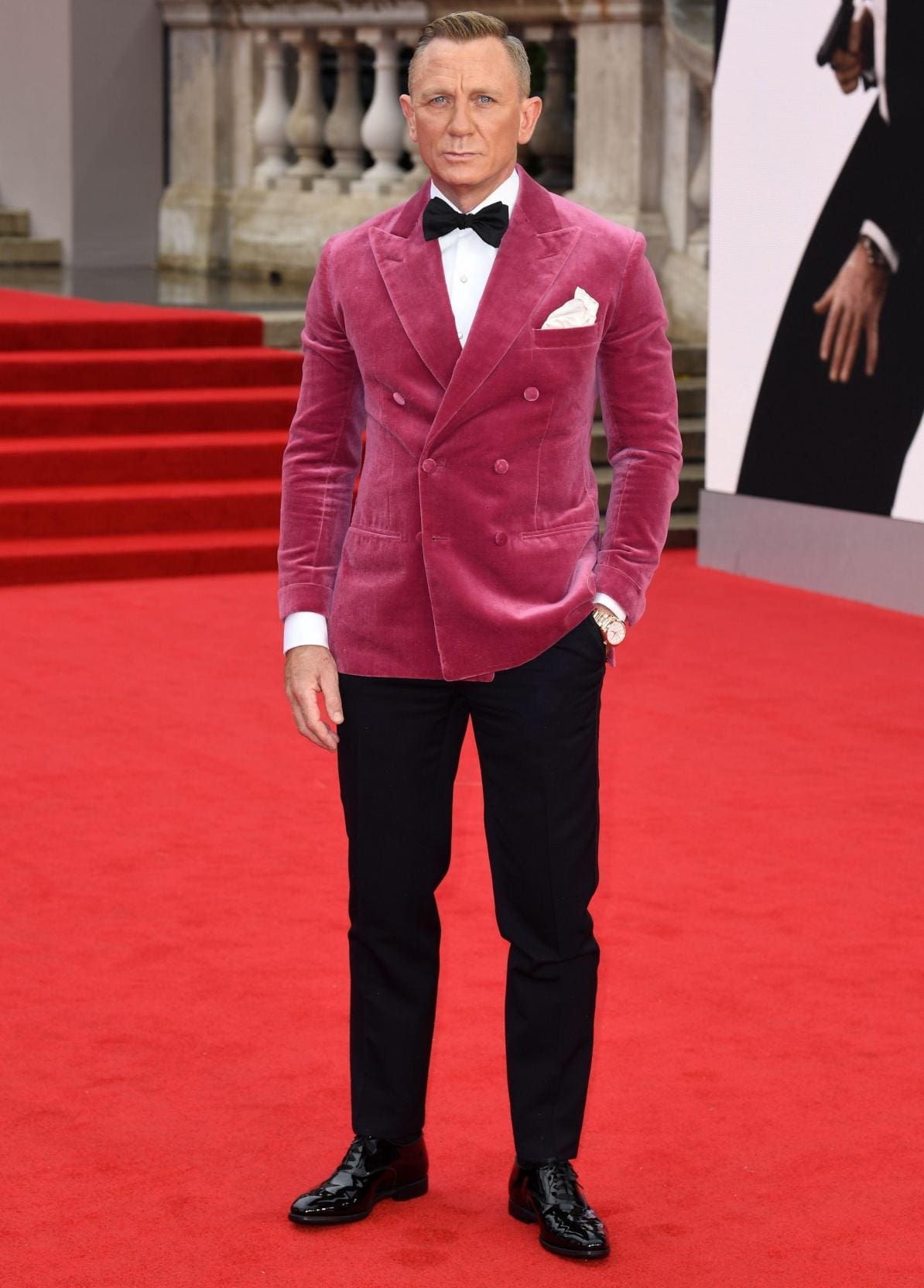
If you’ve never heard of Scabal, whose teal-coloured flag flutters midway down Savile Row, between the maroon ensign of better-known Huntsman & Son’s, and the orange insignia of tailoring disruptors Cad & The Dandy, there’s a reason for that. For much of the company’s 83-year history, Scabal, which was established and is still headquartered in Brussels (‘Scabal’, pronounced ‘ska-ball,’ is an acronym for Société Commerciale Anglo Belgo Allemande Luxembourgeoise), existed primarily as a textile provider, weaving fabrics from its Huddersfield-based mill and supplying them to some of the biggest names in fashion.
Tom Ford is a client. So, too, is Alfred Dunhill, Balenciaga, Burberry, Christian Dior and Saint Laurent. There are shelves in the office at the back of Scabal’s store labelled with the names of practically every other tailor on, and around, Savile Row. Scabal supplies them all. “Scabal is the name you turn to when you’re looking for luxury fabric,” says Goldberg. “Not premium fabric, but proper, best-of-the-best luxury fabric.”
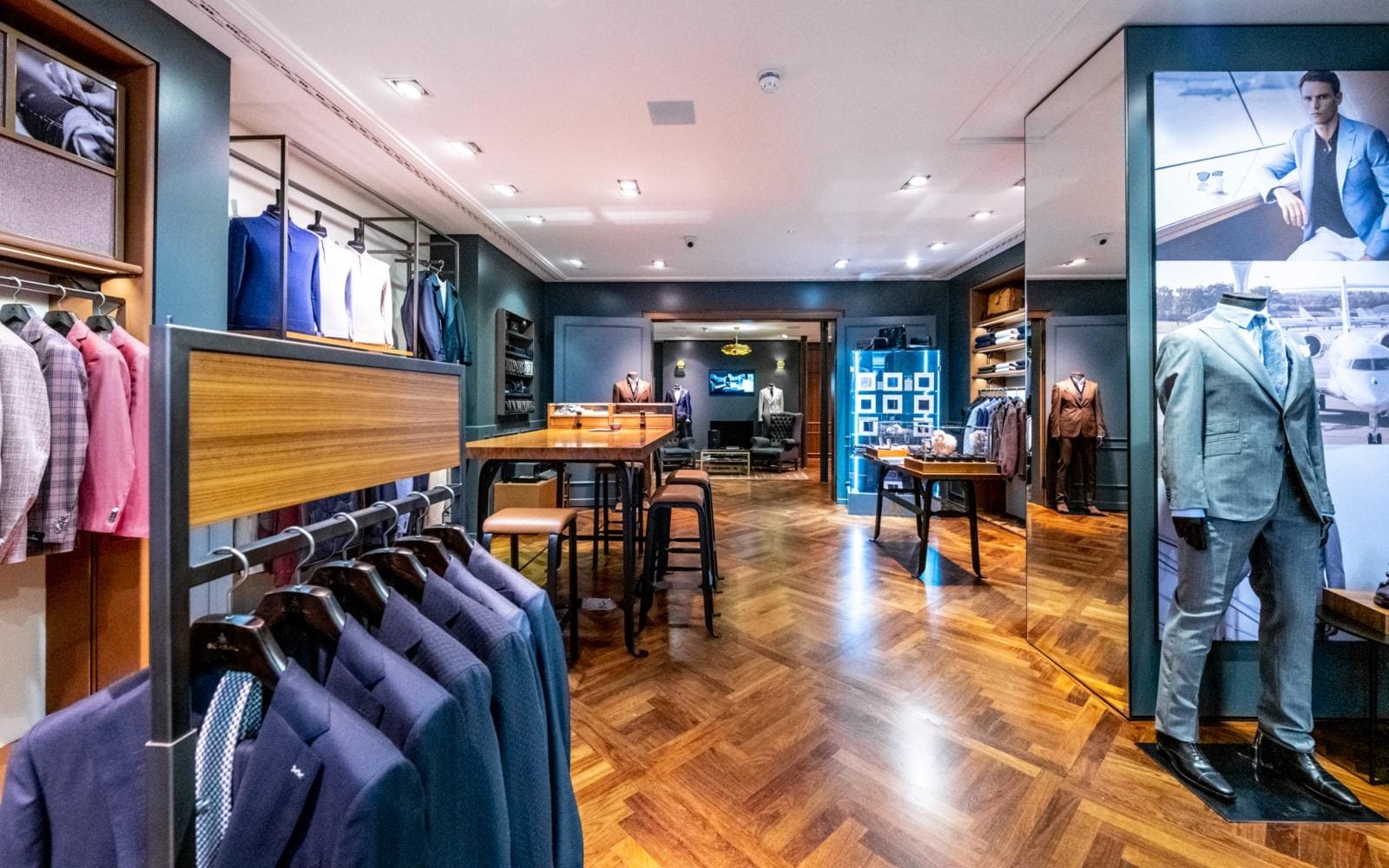
Scabal is something of a unicorn in menswear, in that it is both mill and merchant. Here’s how it usually works: English cloth merchants with names you’ve never heard of, unless you happen to be in the game yourself, purchase cloth from mills you’ve never heard of, mostly based in Huddersfield (which is to textiles what Northampton is to shoes) in order to supply bigger-name brands, of which you probably will have heard (Tom Ford, et al.). Scabal, which acquired Huddersfield’s historic Bower Roebuck mill in 1973 (a year after it secured a shop front on Savile Row), is unique in that it is both weaver and merchant. Since 1989, the company has also produced clothes under its own label.
Some history. Scabal broke ground in 1974 by producing a wool made of superfine fibres. For more than a century, since the Industrial Revolution mechanised the weaving process, the finest fibres manufactured by any mill measured a width of around 18.75 micrometres (using today’s measurements); the finest wool fabrics, or wool-blend fabrics, becoming known as Super 100s, or S 100s. Within 12 months of purchasing Bower Roebuck, Scabal had created the first Super 120 cloth from fibres measuring 17.75 micrometres, followed by fabrics known as S150s (16.25 micrometres), S180s (14.75 micrometres) and even S200s (13.75 micrometres).
“Our ‘Summit’ cloth is the finest and rarest worsted cloth on the planet,” says Goldberg. “A post-Super 200s cloth, it is made from 100 per cent wool and is so complex it took us four-and-a-half years to develop.”
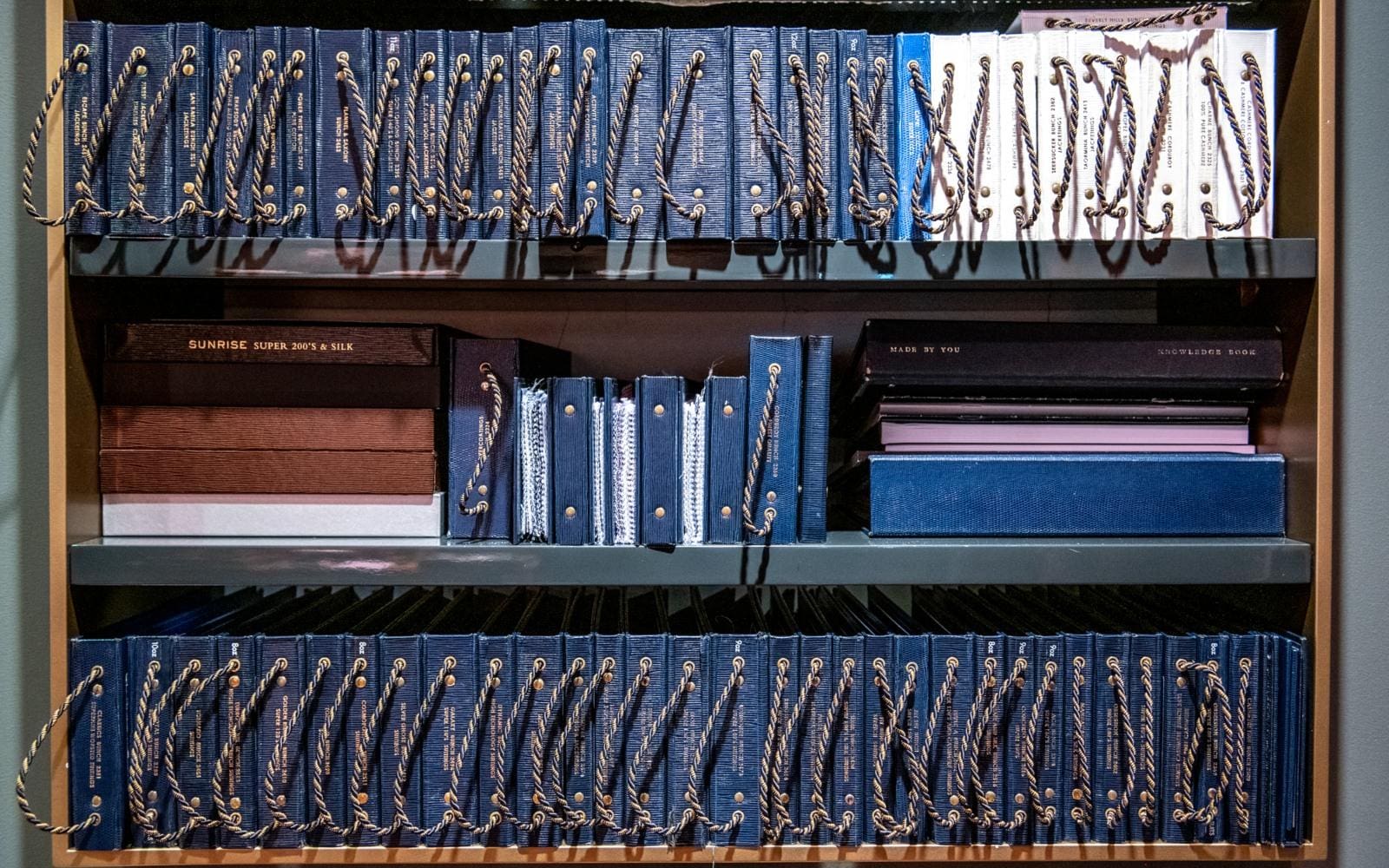
On a shelf behind Goldberg is a black, leather-bound tome with the words ‘The Story of Scabal’ written down its spine. Daniel Craig, it turns out, wasn’t the first 007 to rock a suit cut from fabric made by Scabal. In 1995 the company kitted out Pierce Brosnan in GoldenEye. Scabal’s association with Hollywood, explains a chapter called ‘Scabal and the Silver Screen’, began in the 1970s when wardrobe departments in Hollywood (and on Broadway) began commissioning costumes for their stars. It was Scabal to whom legendary costume designer Anna Hill Johnstone turned when she was on the hunt for period-accurate suits for the protagonists of Francis Ford Coppola’s seminal The Godfather (1972). The outfits worn by Don Vito Corleone (Marlon Brando), Michael Corleone (Al Pacino) and Sonny Corleone (James Caan) were all made from Scabal cloth. The film, and its suits, earned Hill Johnstone an Academy Award nomination.
Scabal’s relationship with Martin Scorsese started with Casino (1995). The epic Las Vegas crime drama sees mob-affiliated hotel kingpin Sam Ace Rothstein (Robert de Niro) wear more than 40 outfits. To ensure an accurate portrayal of changing fashions over the timeline of the film, which spans from the early 70s to the mid-80s, Scabal provided Scorsese’s costume guys with access to its design archives. The company has since assisted Scorsese with outfits for Leonardo DiCaprio in Titanic, The Aviator and The Wolf of Wall Street.
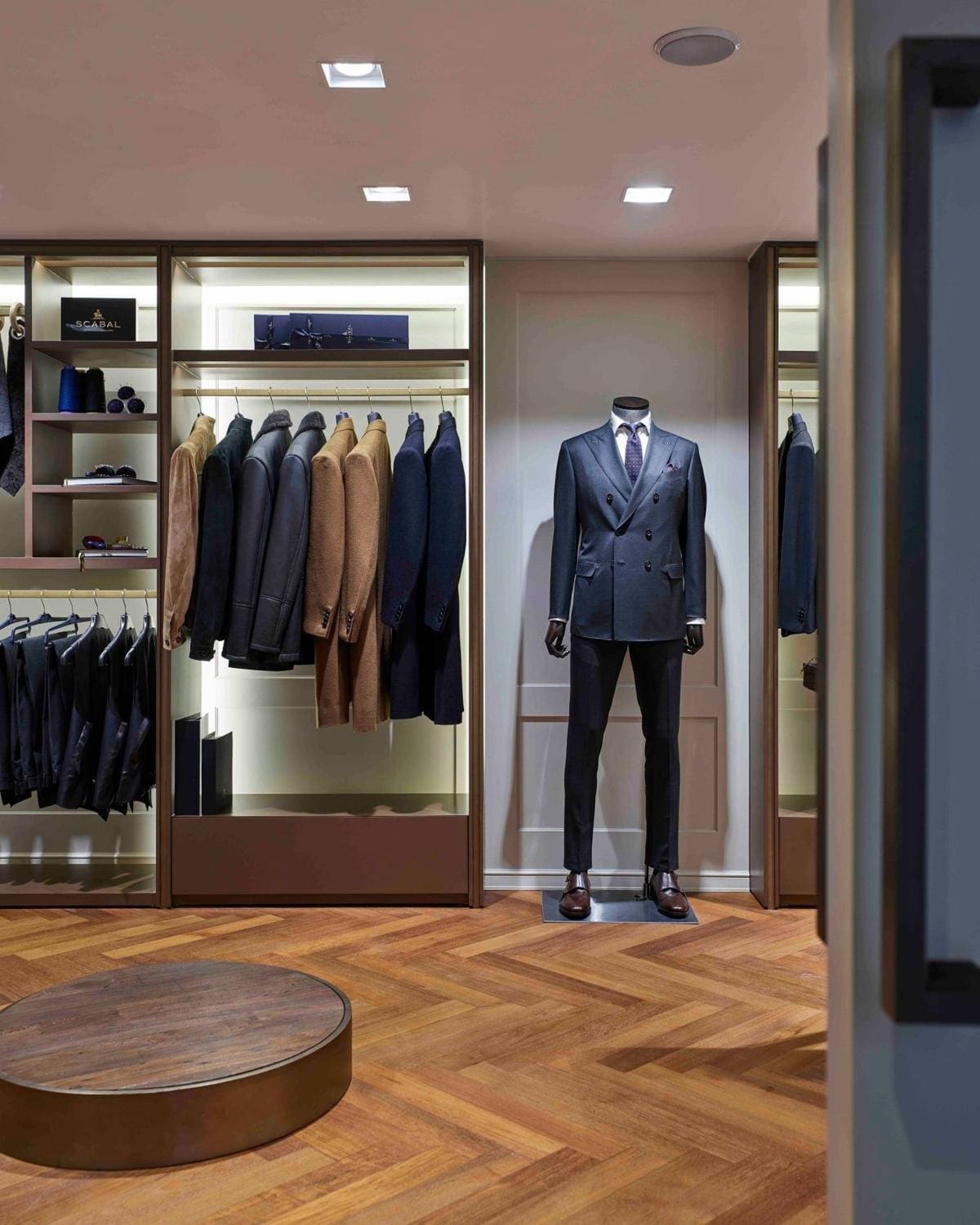
Back on Savile Row, an ex-Arsenal football player walks into the store, which sounds like the start of a joke, but it’s not. The former central midfielder (clue: he’s currently the club’s technical director) begins feeling his way through a selection of polo shirts and suede jackets. These days, Scabal makes more than just suits. Tommy Raban, Scabal’s snappily-dressed, quick-as-a-Broadgate-broker showroom manager, banters the Arsenal man around the shop.
What did Raban think of Craig’s bright pink jacket? “I loved it mate, the whole point of beautiful tailoring and cloth is the freedom of expression.” Do you get a lot of famous people in here? “We do mate. Beckham, Tom Hiddleston, Lionel Richie. Although every face is famous. It’s important to recognise everyone in the same way – everyone who wears Scabal becomes an ambassador.”
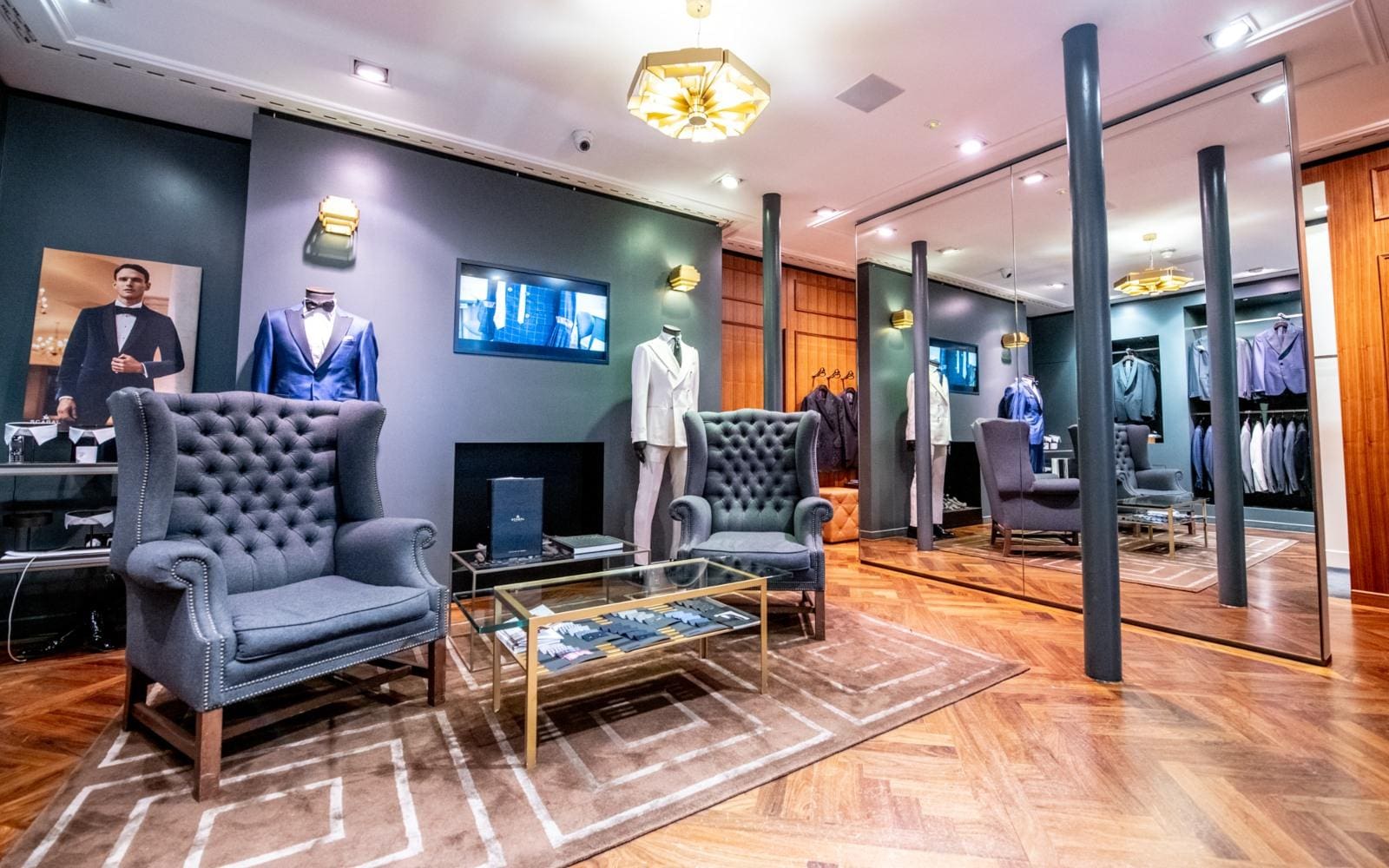
Spoilt as I am, Raban offers to make me a jacket. With Craig’s riotous rig-out still on my mind, I opt for a six-by-two, double-breasted blazer of my own – although in a more multipurpose coffee-coloured cotton. I’ll need a dark brown tie.
Raban takes my measurements, asks what lapels I’d like (the Edward Nutter-type please, because I’ve always wanted a blazer with cartoon-wide lapels and you can’t seem to find them on the high street), asks me to select from a collection of buttons (those dark mother-of-pearl ones look good), passes me a bunch book of linings (I go for a pink-and-blue paisley, which I think kinda, maybe works) and says “come and collect it in four weeks’ time”.
When I do, the jacket is a little tight under the arms, which, Raban explains, might be because Scabal’s house style is to have higher-than-typical armholes. There’s also the fact that I’ve just returned from a honeymoon heavy on the paella. “No trouble,” says Raban, whipping out his tape measure, too polite to point out the extra timber. “Go away and come back in a few days’ time.” Scabal’s clothes are cut and assembled in Portugal, but alterations and finishes are done on the Row.
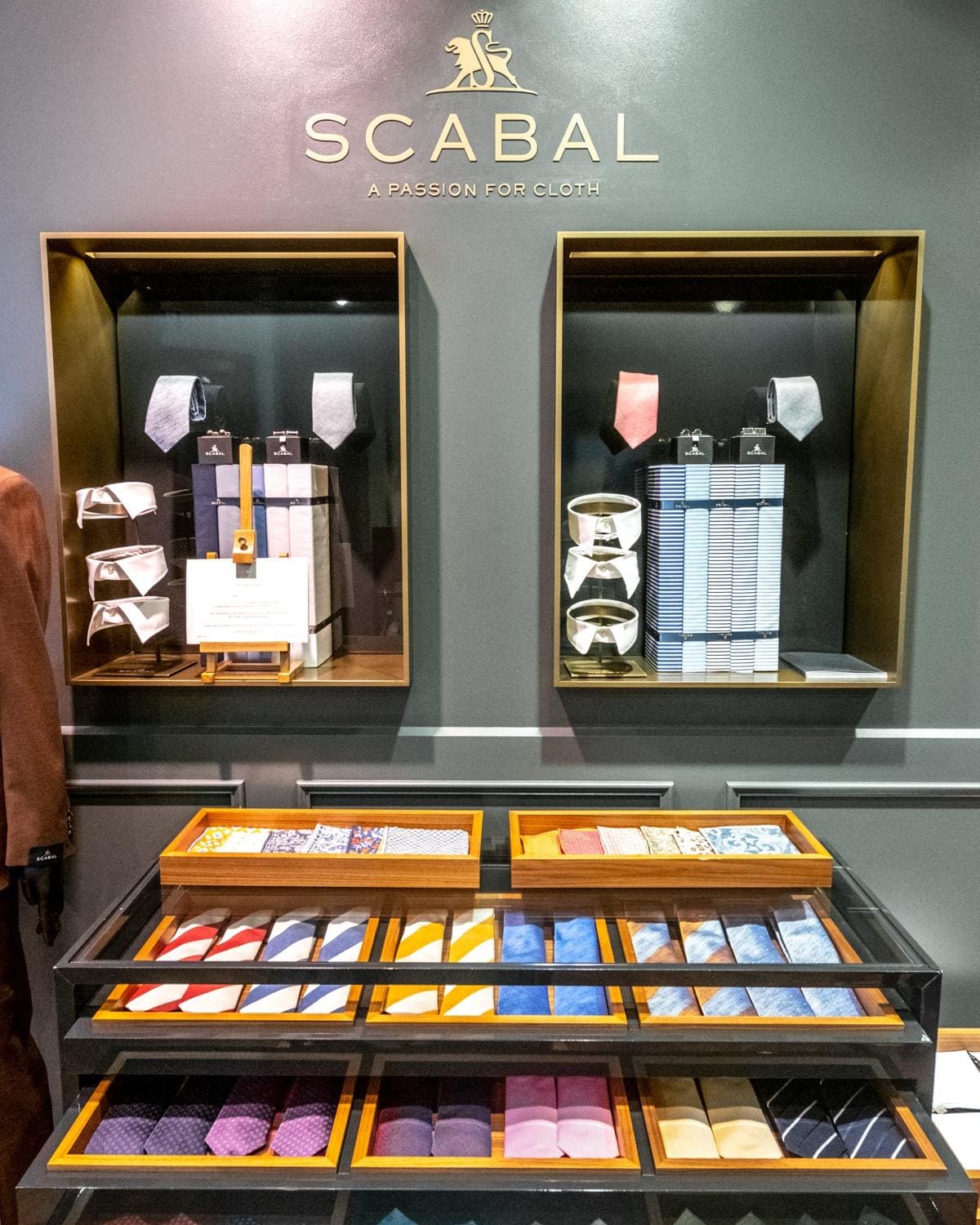
When I return, Raban is flicking through one of the company’s velvet bunch books. Craig’s cloth isn’t in there. It belongs to an older bunch. This time, my blazer is inch-perfect. Raban says he wants to get a replica of Craig’s jacket made for Scabal’s window. Goldberg isn’t keen. He only has 30 metres of the stuff left. “Plus,” he says, disappearing out the door to dispatch another day’s fabric orders to the surrounding streets, “you’ll just nab it and wear it out on the town.”*
*Raban must have gotten his way because a couple of months later a replica of Craig’s jacket appeared in Scabal’s windows. We’ve yet to spot him out on the town, though.
Scabal, 12 Savile Row, London W1S 3PQ, scabal.com
